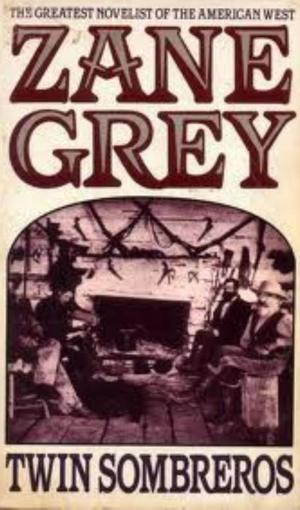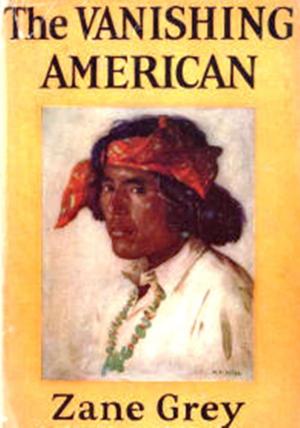| Author: | Louis Becke | ISBN: | 1230000140472 |
| Publisher: | WDS Publishing | Publication: | June 9, 2013 |
| Imprint: | Language: | English |
| Author: | Louis Becke |
| ISBN: | 1230000140472 |
| Publisher: | WDS Publishing |
| Publication: | June 9, 2013 |
| Imprint: | |
| Language: | English |
Among the Gilbert Group--that chain of low-lying sandy atolls annexed by
the British Government two years ago--there is one island that may be
said to be both fertile and beautiful; yet for all this Kuria--for so it
is called by the natives of the group generally--has remained almost
uninhabited for the past forty years. Together with the lagoon island of
Aranuka, from which it is distant about six miles, it belongs to the
present King of Apamama,2 a large and densely populated atoll situated
half a degree to the eastward. Thirty years ago, however, the grandfather
of the lad who is now the ruler of Apamama had cause to quarrel with the
Kurians, and settled the dispute by invading their island and utterly
destroying them, root and branch. To-day it is tenanted only by the young
king's slaves.
Of all the many groups and archipelagoes that stud the North and South
Pacific from the rocky, jungle-covered Bonins to Juan Fernandez,4 the
islands of the Gilbert Group are--save for this Kuria--the most
uninviting and monotonous in appearance. They are for the most part but
narrow strips of sandy soil, densely clothed, it is true, with countless
thousands of stately cocoanut palms varied with groves of pandanus and
occasional patches of stunted scrub, but flat and unpleasing to the eye.
Seldom exceeding two miles in width--although, as is the case at
Drummond's Island, or Taputeouea, they sometimes reach forty in the
length of their sweeping curve--but few present a continuous and
unbroken stretch of land, for the greater number consist of perhaps two
or three score of small islands, divided only by narrow and shallow
channels, through which at high water the tide sweeps in from the ocean
to the calm waters of the lagoons with amazing velocity. These strips of
land, whether broken or continuous, form the eastern or windward
boundaries of the lagoons; on the western or lee side lie barrier reefs,
between whose jagged coral walls there are, at intervals widely apart,
passages sufficiently deep for a thousand-ton ship to pass through in
safety, and anchor in the transparent depths of the lagoon within its
protecting arms.
Among the Gilbert Group--that chain of low-lying sandy atolls annexed by
the British Government two years ago--there is one island that may be
said to be both fertile and beautiful; yet for all this Kuria--for so it
is called by the natives of the group generally--has remained almost
uninhabited for the past forty years. Together with the lagoon island of
Aranuka, from which it is distant about six miles, it belongs to the
present King of Apamama,2 a large and densely populated atoll situated
half a degree to the eastward. Thirty years ago, however, the grandfather
of the lad who is now the ruler of Apamama had cause to quarrel with the
Kurians, and settled the dispute by invading their island and utterly
destroying them, root and branch. To-day it is tenanted only by the young
king's slaves.
Of all the many groups and archipelagoes that stud the North and South
Pacific from the rocky, jungle-covered Bonins to Juan Fernandez,4 the
islands of the Gilbert Group are--save for this Kuria--the most
uninviting and monotonous in appearance. They are for the most part but
narrow strips of sandy soil, densely clothed, it is true, with countless
thousands of stately cocoanut palms varied with groves of pandanus and
occasional patches of stunted scrub, but flat and unpleasing to the eye.
Seldom exceeding two miles in width--although, as is the case at
Drummond's Island, or Taputeouea, they sometimes reach forty in the
length of their sweeping curve--but few present a continuous and
unbroken stretch of land, for the greater number consist of perhaps two
or three score of small islands, divided only by narrow and shallow
channels, through which at high water the tide sweeps in from the ocean
to the calm waters of the lagoons with amazing velocity. These strips of
land, whether broken or continuous, form the eastern or windward
boundaries of the lagoons; on the western or lee side lie barrier reefs,
between whose jagged coral walls there are, at intervals widely apart,
passages sufficiently deep for a thousand-ton ship to pass through in
safety, and anchor in the transparent depths of the lagoon within its
protecting arms.















